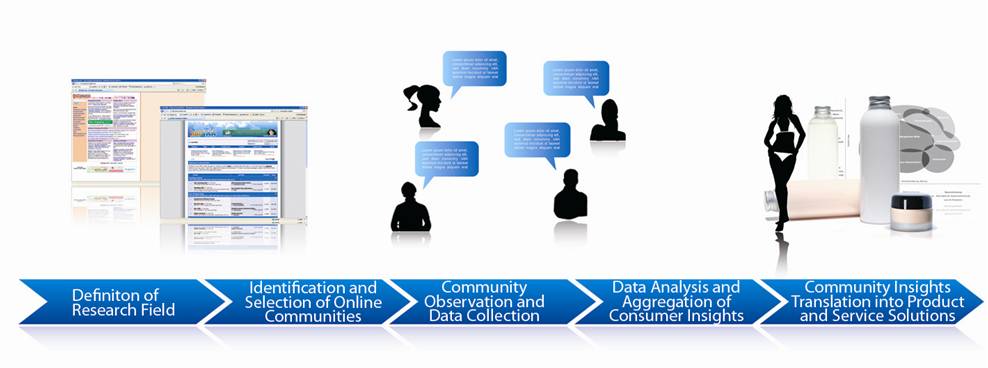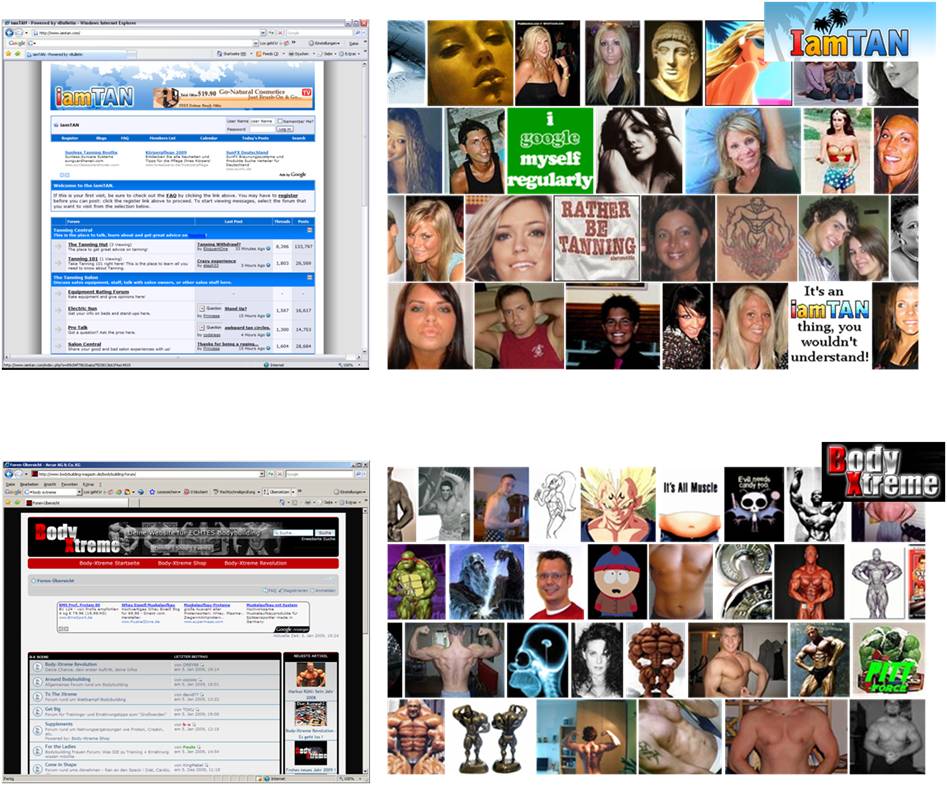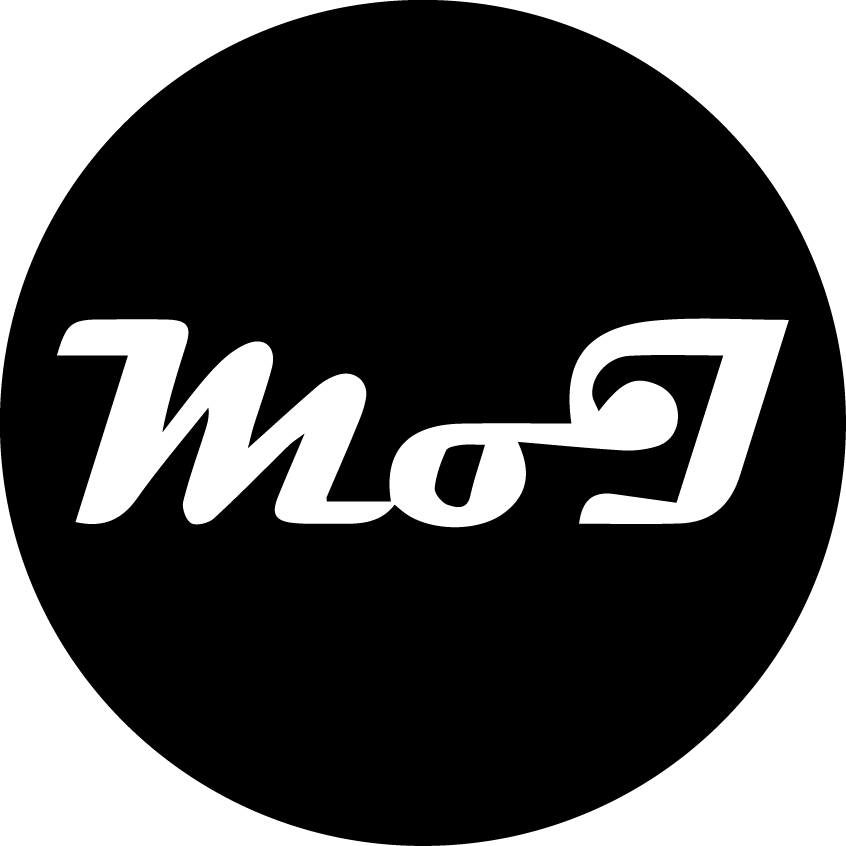There is little doubt that the Internet has changed the way consumers communicate. An increasing number of users actively gather together online and communicate in web forums, blogs and various kinds of user generated content platforms. They exchange personal experiences and opinions about products and its usage and talk about opportunities for solving product-related problems. Some of them even develop product modifications and innovations, which they post online and share with other community members. This turns online communities into distinctive consumer tribes where highly involved consumers exchange existing needs, ideas, attitudes and perceptions towards products and brands.
What is Netnography?
Netnography is the linguistic blend of “Internet” and “Ethnography”. The approach describes a qualitative, interpretive research methodology that uses Internet-optimized ethnographic research techniques to study the social context in online communities. In other words Netnography helps researchers to listen in on web conversations in order to learn about what actually drives consumers and understand the inner nature of consumer behaviour. As a guideline for research practitioners figure 1 illustrates the five methodological steps of Netnography showcased in the field of cosmetics. The challenge was to reveal undiscovered consumer insights in the fast growing area of sunless tanning products and ultimately find genuine consumer answers to following research questions:
– What are the triggers for consumers to enter the category of sunless tanning and what keeps them using a product?
– What are the daily rituals and habits regarding the (cross)usage of self tanning products, face & body care products, moisturizing products, make-up products?
– Which problems consumers face with sunless tanning products and which major areas of improvement from a consumer point of view do exist?

Figure 5: Methodological Steps of Netnography
Bodybuilders as lead users for self tanning
Overall 437 communities in five different languages within the fields of beauty&care, fashion&lifestyle, health, shopping, questions&answers were identified as relevant internet sources containing consumer discussions on the topic of sunless tanning. It was overwhelming to see how many communities exist which focus solely on the topic of tanning. Examples are www.abtan.com, www.tantalk.com, www.tanfx.com, www.tantoday.com, www.tanningbeauty.com, www.sunless.com, www.thetanforum.com, www.iamtan.com and many more. Additionally it turned out that self tanning is particularly discussed in analogues fields such as body building (e.g. www.bodybuilding-magazin.de). Preparing for body building contests the community members exchange very detailed experiences and procedures to apply tanning products. And as the overall appearance is a main success factor in such a contest, body builders are a user group which have highest requirements regarding a “perfect tan”. To focus on a relevant set of community content a thorough selection process was applied and six communities were included in the empathic in-depth analysis.
Communities need to be understood as consumer tribes
It is obvious that within tanning communities a different type of user is prevailing in comparison to Bodybuilding Communities. The members talk about sunless tanning in a different context of usage. Hence for further analysis it has to be taken into account that different communities stand for different consumer tribes which are groups of people who intensively share a common passion. This common passion bonds the consumer tribe together through a shared sense of belonging. Figure 2 shows the user avatars forming the consumer tribe of the “IamTAN” and the “BodyXtreme” Communtiy. From this it follows that online communities are often not representative for an already defined target group of the producing company. However as Netnography is classified as an exploratory research approach the focus lies on revealing undiscovered consumer needs, product ideas and potential fields for growth and innovation rather than on the assessment of representativeness. This is up to complementary quantitative research activities which build up on the identified consumer insights. To sum it up observing the conversation in passionate consumer tribes will help you to come up with the right and relevant questions the broader mass of consumers should be confronted with.

Figure 6: Consumer Tribes
Do you know what “Recoon Eyes” are?
During the immersion process in communities the researcher becomes sensitive towards the attitudes and the communication mode of the community members. Typically online communities develop an own language. For instance, members of sunless tanning communities consistently use the term “racoon eyes” for their perceived troubles of tanning the area around the eyes e.g. when using a tanning bed.
“I think that I have the worst racoon eyes in the world. Everyone at the gym I work at has let me know that my eyes are REALLY WHITE. I looked at a pic of me from a few days ago and it looked like my eyes where glowing in the dark! You gotta wear the goggles when you use a tanning bed so I think the best solution unfortunately would be to use sunless tanner.” (Source: iamtan.com; skinni_mini)
Consequently, although software enhanced search functions may help to identify posts containing certain key words, they cannot accurately distinguish between valuable and irrelevant postings within the context of the conversation. At this stage the researcher’s knowledge on content analysis, qualitative data analysis and discourse analysis is incorporated.
Generating consumer insights from the community dialogue
The Netnography on sunless tanning led to a category system of 825 codes applied on 3.128 consumer statements retrieved from the selected online communities. Generally multiple codes were assigned to each consumer statement. A central step of Netnography is to look for patterns and relationships within and across the collections of consumer statements. Therefore the researcher compares and contrasts the collected consumer records in order to discover similarities and differences, build typologies, or find sequences. The sunless tanning project led to nine distinctive consumer insights. One of them aggregates the perveived problems with sunless tanning products. The following quote is one original statement out of more than 1.500 consumer statements referring to this insight:
“DO NOT BUY THAT!!!!!!!!!!!!!!! that is, if your talking about the tanning gun, ive seen it at walgreens. i tried it, it came out streaky, my feet were orange for 10 days and my whole body was orange it was sooo splotchy, doesn’t stick in certain places. AND IT TURNED MY ARMPITS GREEN!!!!!!!!!!!!!!!!!!!!!!!!!!!!!!!!!!! NOT EVEN KIDDING. they were green like normal green colored. that only lasted for 4 days (o lucky me). so yeah thats my advice.” (Source: sunless.com; Felistia)
Sunnless tanning – Boon and bane at the same time
A curse for many tanning maniacs is the frustration developed from bad experiences with the unpredictable effects of many products and the urge to get rid of the gained flawed tan results. The various undertaken de-tanning activities ranged from harmless ones like using baby oil to activities endangering the personal health like nail polish remover applied to the body or extremely hot showers. This is the disastrous downside of sunless tanning expressed by users in hundreds of statements:
“MY GOD!!!!!!!! THIS SOOOOOOOOOO HAPPENED TO ME!!!! i absalutely HATE the jergens natural glow now. my neck was sooo blotchy and my dad told me i looked like i had a skin disease!!!!!!! it was impossible to scrub off the remaining parts!! i scrubbed and scrubbed at my neck with a lufa until my skin was red but the blotches still wouldnt come off!!! i ALSO have the jergens natural glow for the face(which was the biggest waste of money) because ya! i would apply it before iwent to bed and the next morning-NOTHING!! it didnt even work and it stunk horribly and gave me a stuffy nose!! i will NEVER use this line again!!!!!!” (Source: iamtan.com; TanSweet)
A further insight referred to a user group which perceive sunless tanning as lifestyle. They show high identification with the used products, are highly motivated, engage in helping others, give advice and spend a lot of time to be up to date. These characteristics and behaviour makes those persons a valuable resource as product pioneer and lead user. One representative of that group stated following comment:
“…But there are a number of factors in a lotion that can effect the DHA devlopment, way to many to list here. If you look on the website http://www.makingcosmetics.com they have some recipes for sunless tanners, which I believe list the amounts of DHA needed per amount of lotion base. Also just typing “”Sunless Tanning Recipes” in Google will bring up many messagboards where ppl makew their own, and share recipies. You can also dissolve the DHA into distilled water, at the appropriate ratio, for the percentage needed, and add that to your lotion, which is what the LL Method does. (see recipes on the FAQ board on the main lavender board)” (Source: sunless.com; VickyII/III)
What to do with all these insights?
The process of a Netnography typically does not end with the generation of insights. A major challenge is to transfer the obtained insights into innovative product and service solutions. This crucial step requires an integrated perspective combining the creativity and product expertise of design experts as well as the business know-how and analytical skills of market researchers alike. Based on the nine consumer insights aggregated in the previous step the team of researchers and designers jointly developed four innovative product solutions and prototypes in the field of sunless tanning. This is the nature of a human centered design process where product development is uncompromisingly aligned to consumers’ inherent and verbalized wants and needs.
The future of Netnography
One of the main benefits of the Netnography is the possibility to access unfiltered, unbiased information from very experienced and highly involved users. Due to the huge amount of conversations and the vivid online dialogue regarding consumer products and brands marketing and innovation managers are able to obtain deep insights into the everyday problems experienced by consumers and their solutions to those problems. In order to ensure that the identified ideas and the stated opinions are not only valid within the community, but also reflected in the larger target group, quantitative market research should be applied complementary as consumer tribes are not necessarily representative for the well defined target groups of the producers. Due to the huge amounts of relevant consumer online statements that exist for nearly every consumer product field, the idea to analyze this content in a quantitative and automated way arose. Meanwhile, many market research institutes and IT companies crawl the internet for relevant content and analyze it via frequency counting and natural language processing algorithms. But what is the benefit of such web monitoring solutions for understanding consumers and generating consumer insights? The problem lies in the generated results of these automated tools. They produce again numbers and graphs. The underlying original statements in the “voice of the customer” either disappear or are not aggregated in a proper way to support decision making especially in the field of innovation which generally is linked with high follow up investments. Software tools which posses the same intelligence than well-trained researchers in that they learn the language of the selected communities and also read between the lines and then automatically identify, select and analyze relevant statements do not exist yet. Hence the Netnography approach will always rely to the bigger part on the capabilities of the researcher although there is undisputedly a huge potential that IT support will make single steps of Netnography more efficient. Therefore it is not the aim in the future to fully automize the process but rather to maintain and emphasize the qualitative nature of the method.

